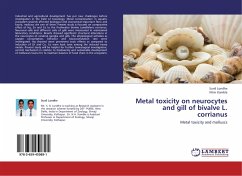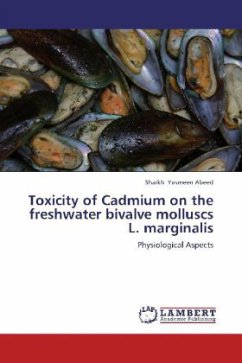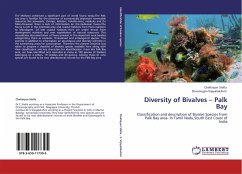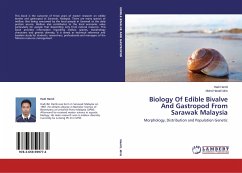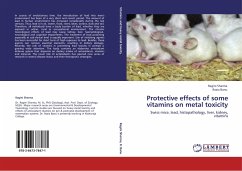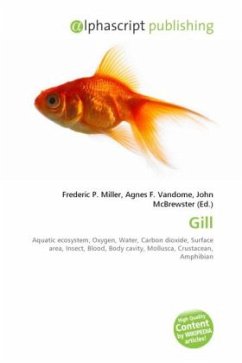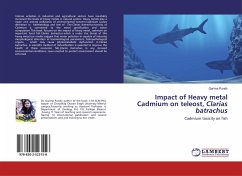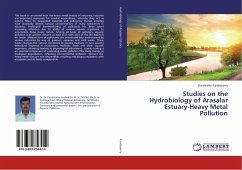Industrial and agricultural development has put new challenges before investigators in the field of toxicology. Metal contamination in aquatic ecosystem severely affected biological and economical important flora and fauna, molluscs are one of them. Present study is focused on comparative effect of Hg, Zn and Co to the freshwater bivalve Lamellidens corrianus. Neuronal cells and different cells of gills were intoxicated in maintained laboratory conditions. Results showed significant structural alterations in the neurocytes of cerebral ganglia and gills. The physiological activities as oxygen consumption, behavior and bioaccumulation rate were investigated. Hg showed more prominent toxic effects as compared to induction of Zn and Co. Co were least toxic among the induced heavy metals. Present study will be helpful for further toxicological investigation, control mechanism in relation to biodiversity and sustainable development of molluscan fauna for to maintain balance of food chain in the ecosystem.
Bitte wählen Sie Ihr Anliegen aus.
Rechnungen
Retourenschein anfordern
Bestellstatus
Storno

